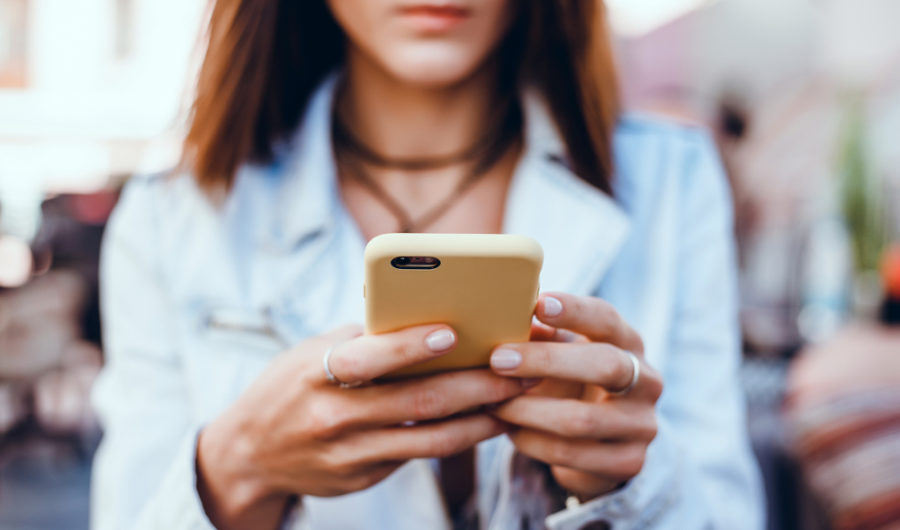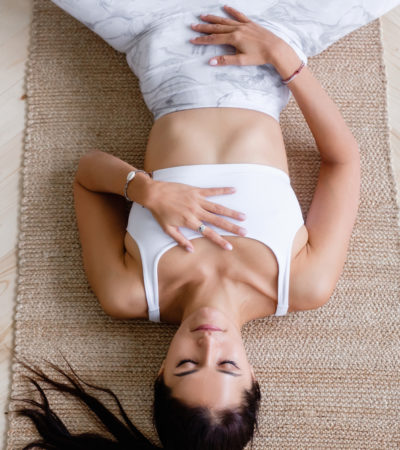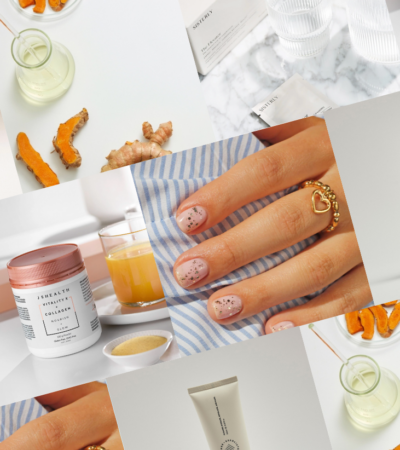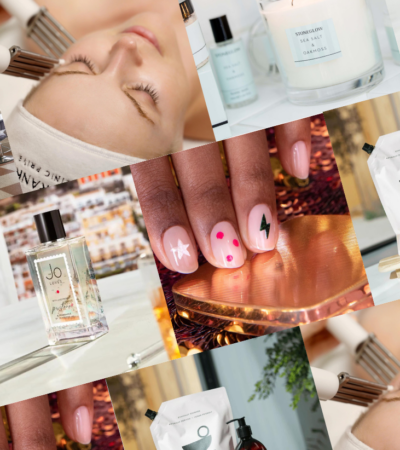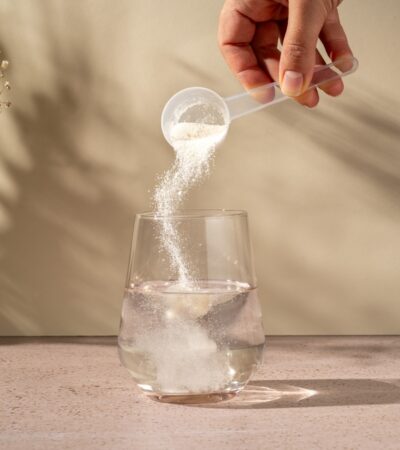In the current Covid-19 pandemic, we’re more reliant than ever on our technology. With social distancing measures in place, and hours of isolation pushing us to the brink, online workouts, FaceTime and even mindfulness apps have been a saving grace for many. The downside is that it means we’re pretty much constantly glued to our screens. Zoom shares have been booming, WhatsApp has seen a 40% jump in usage, and Facebook has reported a 70% increase in Messenger group video calls.
Personally, I have been glued to Twitter for live news updates, YouTube for yoga classes, and spend most days in long Zoom meetings. My iPhone informed me that I’ve been on my phone for an average of 9 hours a day since lockdown, which is around 7 hours more than my normal usage. And that was just my phone. I’ve also been using my laptop for long hours and turning to the television in the evenings.
The pandemic means most of us are caught up in a digital catch-22: we rely on devices for contact with the outside world, to stay on top of urgent news, meetings, exercise, social gatherings and even dinner parties. But as a result of spending so much time in front of a screen, many of us have experienced anxiety rearing its ugly head.
Stuck in a vicious cycle of phone, laptop, tv, and back to my phone, I began to realise that to stay sane in the pandemic, I was going to have to find a way to detox digitally.
Sadly, it’s not as simple as just switching off devices, however. So, when our entire worlds are dependent on our phones and laptops, how can we reduce anxiety and detox digitally?
Set boundaries
To reduce tech anxiety and get some much-needed time away from your screen, draw a line between screen time and downtime. Challenge yourself to avoid checking social media or email until lunchtime, or try to go a day without making personal calls or texts during work hours. Set a clear distinction which devices you use for work and which you use for play. Use your laptop as your work device and your phone as your means of fun.
Hide your phone
Try leaving your phone upstairs, in your bag, or anywhere that you can’t automatically grab it. This will force you to be more conscious about reaching for your phone, as well as being more present in the moments without it constantly pinging with alerts.
More audio less video
It’s important to not forget the other ways to communicate with others. Ease yourself back into a life without screens by suggesting good old fashioned phone calls. Dip into audio-based entertainment such as audiobooks or podcasts for screen-free entertainment.
Search, don’t scroll
When you have to be on your device, be mindful about how you use your screen time. Try to establish an intention for screen time: are you looking for an article? Searching for a recipe? Don’t let the algorithms drag you into a vortex of mindless scrolling. Actively decide what you should be reading or watching, and make your online experiences count for something.
Limit the news
In a pandemic crisis, it’s very easy to slip into a negative news cycle and feel mentally drained as a result. Obsessively checking the news isn’t going to make the future any less certain and will increase stress and anxiety. It’s important to stay informed, but try to limit your news intake to set times per day and take precautions to rely on verifiable trusted news sources.
Shake it off
Exercise is one of the best ways to deal with anxiety and to help relax after screen overload. Try to get outside and spend some time walking, cycling, running, or even just relaxing in the sun. Time outside is the antidote after months of holing ourselves up in dark rooms so try to get the sun on your face or even the rain, and you will be amazed at how refreshed you’ll feel.
Switch off at night
Screen overload can ruin your sleep patterns, especially if you use devices just before going to bed. Switch off notifications, and put your phone away from your bed, or in another room.
words by Tui McLean
Read more: How To Protect Your Mental Health If You’ve Lost Your Job Because Of Covid-19

